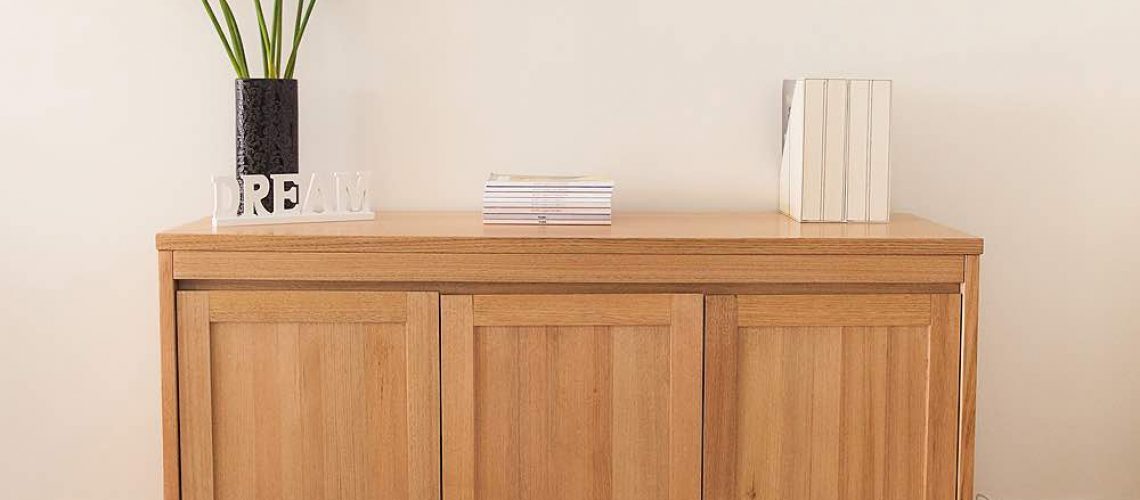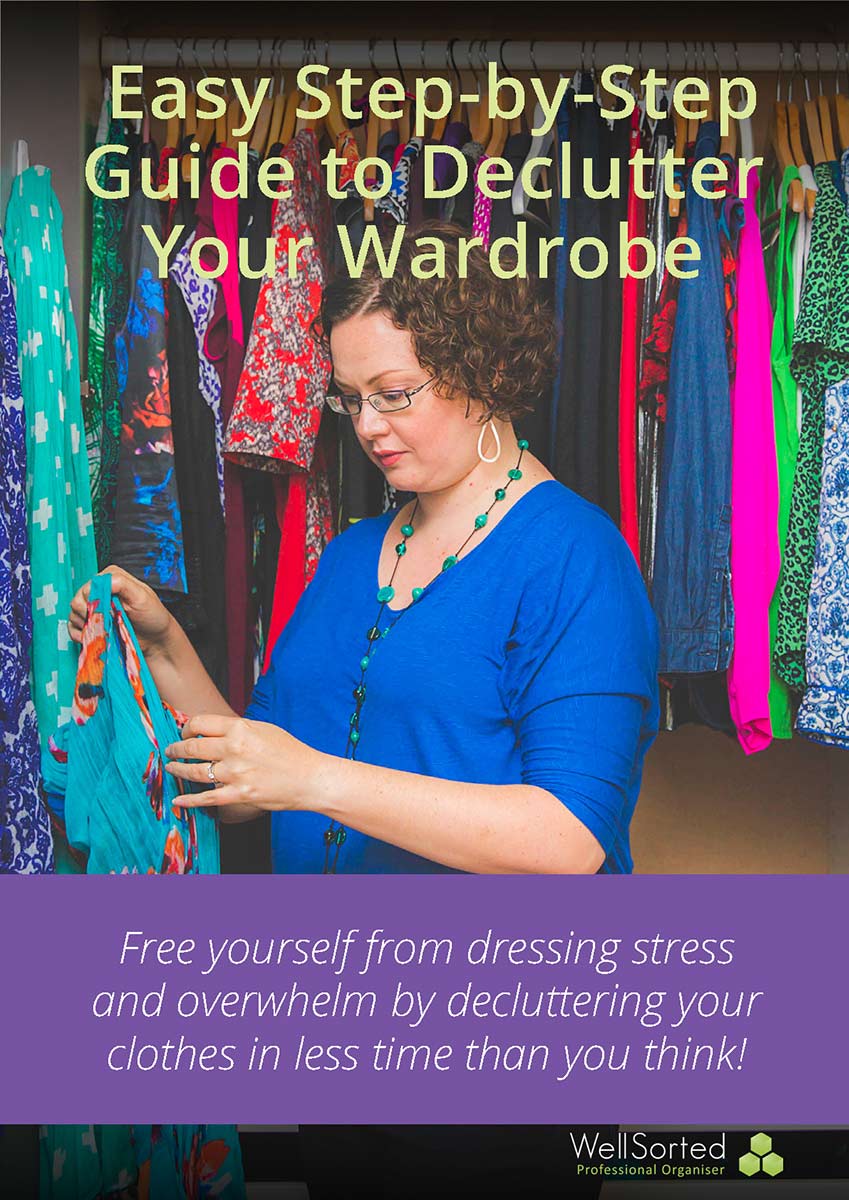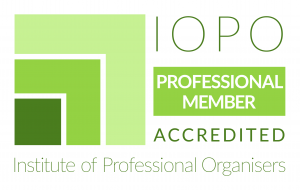Marie Kondo has taken the world by storm with her book ‘The Life Changing Art of Tidying Up’. You might know her by famous clothes folding techniques (Here she is on YouTube – KonMari Method), and the phrase ‘Does it spark joy? (If it does, keep it. If not, throw it out’).
I thought it was worth a read so I could share the most useful (and less useful) parts. There’s some really good stuff that I’d hate for you to miss because you don’t get the time to read it.
The Gems – What do our possessions say about us?
Marie Kondo had some very insightful words on our possessions and what they mean to us.
First, let’s address the famous ‘spark joy’ question. Marie argues that that asking ‘does this spark joy?’ will leave you with only the things you love, unlike other methods like ‘one in, one out’. It works for most things, although my financial papers, sneakers and washing machine certainly don’t spark joy, but I do need them. She argues that asking ‘does this spark joy?’ will leave you with only the things you love, unlike other methods like ‘one in, one out’. I think this is good in theory but you still need to review each item regularly to ensure it still sparks joy. Time passes and our tastes change.
She also says “We should be choosing what we want to keep, not what we want to get rid of”.
I find this really insightful. Could you imagine if you picked out all the things you wanted and loved? What would be left? We all (including Kondo) focus on the discarding, instead of what we really want. Things could turn out very differently if we tackled it in the reverse.
Our stuff really is a reflection of our life, our emotions, our decisions, things we’ve avoided. As we review each of our belongings, we’re given the opportunity to reflect on times in our life, our personas, relationships… everything. I talk often to clients about taking time to journal about items that seem to hold learnings you’ve gained from a particular time or situation. It can be easier to let it go once you’ve done this.
She goes on to say, “Our possessions very accurately relate the history of the decisions we have made in life. Tidying is a way of taking stock that shows us what we really like”. I agree. I’ve written about this a little myself in the blog ‘Clutter. It’s Perfect’.
If you feel uncomfortable in a tidy environment (or a messy one) what is that telling you? Kondo says: “If you can’t feel relaxed in a clean and tidy room, try confronting your anxiety. It may shed light on what’s really bothering you. When it’s clean you have no other choice but to examine your inner state”.
Dig a bit deeper and look at what underlies it. There’s often something deeper going on with our stuff. Once we truly understand why we are uncomfortable letting it go, it helps release not only the object but what was tied up with it. One aspect I’ve written about is what it promises you.
Further to this she says “by handling each sentimental item and deciding what to discard, you process your past… to put your things in order means to put your past in order too. It’s like resetting your life and settling your accounts so you can take the next step forward”.
This is very well said. This is exactly what we do when we declutter. So many of my clients’ process emotions surrounding divorce, death, job changes, persona changes and so on. It doesn’t need to be ‘a big deal’ to need to let it go. Giving your things, your attention, will allow you to become aware of why it’s really there.
Advice you can just leave in the book
While Marie Kondo shared plenty of gems, a few of her recommendations seemed a bit out of touch.
Kondo believed you’d only have to declutter once in a lifetime. I think this is unrealistic – you can’t just do it once and never have to declutter again. This is a big one. I have a blog post coming on this exact topic.
She also believes you should “Tidy by category, not by place”. A good idea in theory, but in reality, a concept most people would struggle with. This was such a big one for me that I wrote a blog post just on this to explain my thoughts on the matter. (Another blog yet to be uploaded. Watch this space). In short it isn’t doable by most. Not all of us have a home for everything, and therefore cannot get our hands on all of our books to cull all at once. It also doesn’t take into consideration of the overwhelm of doing this all in one sitting, which she strongly advocates.
Other than sorting by category, Kondo recommends sorting things in a particular order, clothes first, then books, then papers, then miscellaneous items (everything else), and last your sentimental items.
This is a dangerous assumption on her part. Plenty of people have sentimental clothes, or a persona tied up in their style. I know plenty of my clients have sentimental attachments to clothes and books – they’d be doomed from the beginning!
Does Marie Kondo have an unnatural attachment to her belongings?
Her suggestion to greet your house and thank your possessions for what they have done for you seems a little over the top. There are many examples in the book like ‘your socks are screaming and uncomfortable because they’ve been folded back on themselves’. I don’t think my socks are uncomfortable (if I thought they had feelings at all), I’d think they were cosy. Mainly, I just think they are socks in a drawer, paired up.
Kondo also talks of dressing to be respectful to your possessions rather than dressing to be respectful to her clients for instance. I found this a little odd… She continues on to talk about her stuff more fondly than she does her clients. On occasion she seemed even condescending towards her clients. This could be the translation I guess… either way, I didn’t like this aspect of the book.
Discarding, decluttering and giving away
Kondo also talked about discarding items. She says “Be sure to completely finish the first task (of discarding) before starting on the second (putting things away). Don’t even think about putting things away until you’ve finished discarding”.
Once again, this approach seems impractical. If you decided to declutter your home over say, a six-month period, you’d be living in chaos until you’re done. It causes overwhelm. Go through and purge what you can. Find a home for remaining items. If you come across other items that are the same, add them to the home you created for them. I don’t see the need for the strict process that Kondo suggests.
She doesn’t consider the overwhelm of all of one item being out at the one time. What if you went through all your clothes all at once like she suggests? What if you run out of stamina (like all of my clients have said they’ve done)? Most can’t tackle it in one sitting. Most don’t have the space to leave it out until it is all done. It’s not a practical method for most.
Kondo then goes on to say shouldn’t let your family or friends go through your discarded items, as this makes them feel obliged to take them. My take on this? That’s their responsibility. They’re grown adults and can make their own choices. I think it’s perfectly fine to allow someone to choose a few items that they might like or need.
Of course, it’s not a good idea to push stuff onto others just because you can’t bear to part with it. I’d go one step further and say don’t put conditions on what you give away. For example, that you want it back, or it has to go to Jo if they don’t want it. Acknowledge it’s theirs to do what they will.
What you can just get rid of
Here’s a summary of what Marie Kondo thinks you can just get rid of… Electrical cables, phone boxes and electrical appliance boxes, broken appliances, Cosmetic samples, spare buttons, guest bedding, products from health crazes, greeting cards, used cheque books, credit card statements, utility bills and manuals, free novelty goods… Sure! Sounds good to me… But what are your thoughts about…
- Books on your ‘read sometime’ list should go you’ll never read them. I disagree, I read mine, give yourself a book buying ban instead until all books on your ‘to read’ list are read through.
- Paperwork – throw it all out. Keep those that are active in a standing desk compendium. But essentially, throw it all out…
- Study material – bin it all. If you did it right, you put it into practise. Otherwise, it’ll just sit around gathering dust.
- Gifts you don’t use – get rid of them.
- Don’t demote clothes to ‘wear around the house or as pjs” They always sit around unworn. Except for Kondo’s much-loved shirt that was demoted to a cleaning top that no one is allowed to see her in.
In summary to the above, I find she can be a bit too absolute in her direction. The above will differ from person to person. Some keep cards as sentimental items, some actually do love wearing their old shirt as a PJ top. Everyone is unique, has different likes and dislikes, different beliefs in reusing items and so on. Being so directive to each client really sucks the individuality of it out for them. So keep that in mind when you’re working through your stuff.
So that concludes my Marie Kondo book review. As you can see, there’s good in there (read another of my blogs about 10 Tips To A Tidier Life from Marie Kondo), there is some quirky and weird. Does her philosophy work for you? Can you start decluttering your clothes and think “Does this spark joy?”







